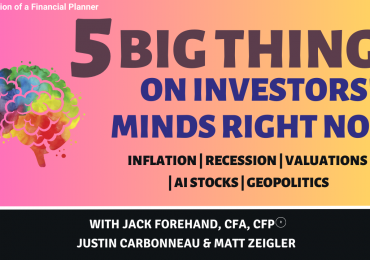A recent article in Institutional Investor recalls the “quant bloodbath of August 2007” and offers insights regarding if and how the increased popularity of these strategies and the associated rise in leverage may be increasing the risk of another “downfall.”
The article offers details regarding the 2007 calamity, when “some of the biggest and smartest hedge funds in the world suddenly tumbled in tandem, as their algorithmic trading systems went hay wire.” The reckoning, the article says, led to a near 400-point drop in the Dow, but points out that the market recovered with “little overall effect.” Still, it says, the event led to the demise of several funds.
Explaining how the trouble originated in large part to a high degree of leverage, typical for “quants” due to the nature of their trading strategies (which include futures and other derivatives), the article says that many quant fund managers argue that they have fine-tuned their models and decreased leverage. On the other hand, it reports, since the 2007 disaster, “leverage has been creeping up. Earlier this year,” it adds, “margin debt at the New York Stock Exchange hit a record high. In May, Goldman Sachs reported that hedge fund leverage is at a post-crisis high.”
Another factor contributing to increasing concerns, according to the article, is more crowding in the quant space. It quotes one manager on how the issue has emerged since 2007: “What we didn’t have a big appreciation for is the industry capacity for some of these signals and how many people were utilizing the same signals.” In a blog posted in August, the article says, Cliff Asness of AQR argues that while the next quant rout can’t be predicted, “One of the only things we can be fairly certain about is that the next crisis won’t be a repeat of the last, but they will probably rhyme.”








